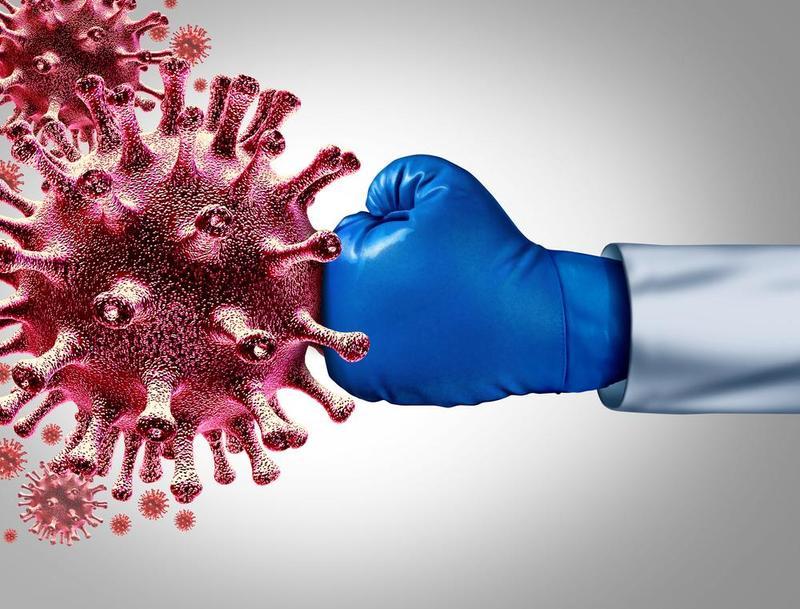Viruses: what they are and how they spread
Viruses: what they are and how they spread
Virus structure
Viruses are very small packages of genom, which contain DNA and RNA. Some viruses have just a few genes, which have the manufacturing instructions of new viruses in nucleic acid (DNA or RNA). This is wrapped up in a protective shell of protein molecules - capsid, it is made for protection of genetic material. It may vary in shape, from simple forms to complicated structures even with tales.
Capsids vary in shape, from simple helical forms to more complicated structures with tails.
Several viruses have an outer shell consisting of lipids (fatty organic molecules), it helps to attack a body. It also can avoid a body’s protection and attack an immune system.
One of the most well-known viruses of this type is the coronavirus that causes Covid-19.The best solution to remove virus from your body is washing your hands. Soap is effective in dissolving fatty molecules.
Virus attacks
Some viruses don’t recognise our cells and are harmless for a human, but some of them will infect us but will have no result for our health. When a virus faces a potential body, proteins on its outer layer interact with proteins on the outer membrane of a living cell. If it is the right type of cell (certain cells in your nose, throat and lungs), it is able to capture and introduce its genetic material into the cell. The host cell does not realize that the new genes are not its own, so it follows the instructions written in the genetic code, along with its own. This tells the cell to make copies of the viral genome and package them into new viruses that break out of the cell to find their own host cells. It helps many viruses to replicate using this process. This step in the replication process makes more opportunities for copying errors, which makes the retrovirus more susceptible to mutations and rapid evolution. Researchers haven’t developed a vaccine against the HIV retrovirus, for example, in large part due to the fact that its numerous strains continue to develop.
Plants or animals may have their own viruses in their bodies, for example cats have a cat version of HIV - the feline immunodeficiency virus or FIV, which causes AIDS in humans; bats have many kinds of coronaviruses in their body and believed to have this type, which causes Covid-19.
Deadly virus
Many families of viruses, for example, herpes viruses can be in the body for a long time, but stay harmless and don't cause any negative effect.
Virulence - degree of ability of a virus or other pathogen that causes harm. It’s not only about harm, but also about viruses’ ability to avoid defence, spread and duplicate itself.
Mostly, a virus that can duplicate itself fastly and kill the body very quickly doesn’t have an ability to spread fast. And vice versa, a virus which can rapidly spread isn’t very harmful to the body where it lives. This is how it happened evolutionarily.
Virus spread
Affected with a virus, the body or host releases the body liquid with cough, sneeze, rarely touching surfaces, etc. Viruses can find a new host or an inanimate object. These objects are known as fomites and have and are an important part of spreading the disease.
Coronavirus
The Covid-19 coronavirus belongs to the coronaviridae family of viruses (or coronaviruses). They were named like this because of their appearance resembling a crown.
Stop the coronavirus
What should be done in order to stop the virus:
- Wash your hands
- Sanitize your hands (sanitizers which contain at least 60% of alcohol)
- Keep social distancing
- Cover sneeze and cough
- Stay home if you feel under the weather
Be the first to post a message!
